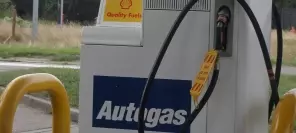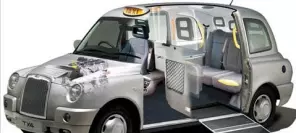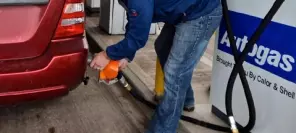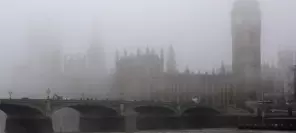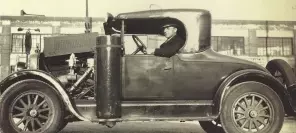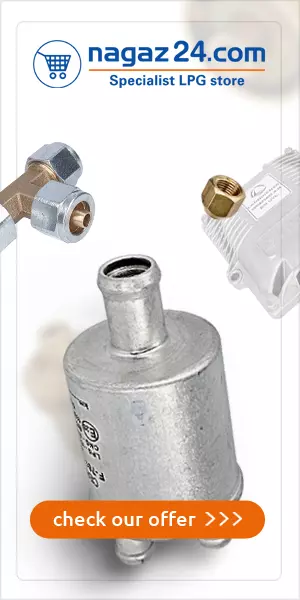- Main page
- Search
- Up to date
- Products
- Technology
- Vehicles
- Video
- Conversion Payback Simulator
Port Injection - Conversion Payback Simulator
Direct Injection - Conversion Payback Simulator
Diesel - Newsletter
LPG-powered royal Rolls-Royce Phantom VI
 loading results...
loading results...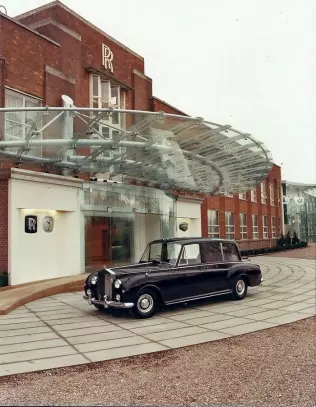 © Autogas 2000 Ltd.Some people may be prejudiced against autogas, but not the queen! Rolls-Royce did not object, either
© Autogas 2000 Ltd.Some people may be prejudiced against autogas, but not the queen! Rolls-Royce did not object, eitherThe conversion was done as a reply to deteriorating (mainly due to vehicle-caused pollution, primarily coming from diesel-powered trucks and buses) air quality in London. It was also related to vice-prime minister John Prescott's declaration (made 4 months earlier) according to which state vehicles were to be adapted to run on autogas.
The queen wanted to set a good example to her subjects and ordered to have her officially used Phantom VI converted. It was a good choice, since the car was the biggest petrol guzzler of all the vehicles on her majesty's service – the seven-seater weighed in at 2,75 tonnes and required 30 l of fuel per 100 km. Once converted (with Tartarini components, including a G79SE reducer), it most probably became even thirstier, but at least the fuel as such was substantially cheaper and greener, causing fewer harmful emissions. The tank (with four-hole fittings) was located in the rear and the refueling valve was mounted under the petrol filler flap.
Along with the Rolls, three other cars from the royal fleet were converted: a Daimler Limousine, a Rover 400 and a Metrocab taxi used by Prince Philip, Elizabeth II's husband. The conversion was a part of a nationwide promotional campaign for autogas, aimed at encouraging drivers to make a switch for the sake of environment and their own (to cut their fuel bills).
But back to the state limousine. The Phantom was converted by Autogas 2000 Ltd., an LPG system installer from Carlton Miniott, Thirsk, North Yorkshire, active to this day. The huge car was transported to the workshop with help from Royal Mews and Rolls-Royce themselves. The process was kept secret and had to comply with strict safety regulations, but was carried out successfully by Autogas 2000 engineers Jonathan Smith and Chris Wise and transported back to the Royal Mews.
Gordon Wise, founder of Autogas 2000 and the company's managing director, was invited to the Royal Mews for an official presentation of the newly converted cars. Apart from the royal vehicles, some ministerial LPG cars were also displayed. Queen Elizabeth II's action was then perceived as the beginning of an upcoming autogas revolution. And, to a certain extent, it was.
The Royal Family did a similar launch a decade ago for lead-free petrol, and that took off afterwards. We hope that this will happen with LPG.
Tom Fidell, general director, Liquid Petroleum Gas Association, speaking in 1998
Now, 17 years later, we can say that Tom Fidell's hopes have been fulfilled. Back in 1998 there were as few as 2000 LPG-powered cars on British roads. Now there are over 150 thousand and while the number isn't exactly impressive, the improvement is clear to see. And obviously there are still big prospects for future.
Zobacz stronę producenta:
TartariniYou may also find these interesting:
 loading results...
loading results...

